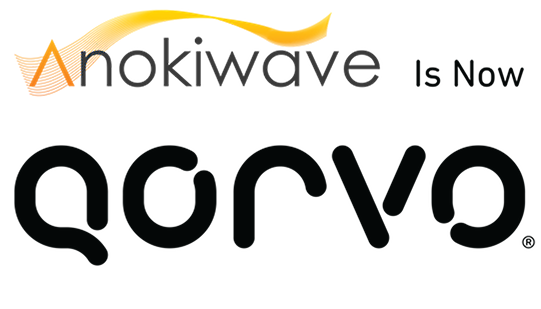SATCOM Market Update Part 2 - User Terminal Drivers
 |
Ryan Jennings |
|---|---|
|
|
|

Anokiwave’s silicon-based SATCOM ICs improve performance, reduce cost, simplify thermal management, and provide a host of unique digital functionality to simplify overall system design that enable the optimal user terminal solution.
This new blog series provides a complete overview of the SATCOM market drivers, how the market is defining the user terminals for the systems, how Anokiwave enables SATCOM terminals, and a look into the future of coexistence and new generations of solutions.
Download our latest whitepaper with a deeper discussion on this topic.
Part 2 – SATCOM User Terminal Drivers
In this blog, we describe:
- User terminal flat panel antenna requirements based on emerging SATCOM use cases.
- Antenna terminal performance considerations including thermal, architecture, and cost.
- Anokiwave's architecture specifically designed for the ICs to easily integrate into SATCOM antennas with optimal performance.
In this blog, we look at the antenna terminal performance considerations including thermal, architecture, and cost and Anokiwave's solutions
Market Drivers for User Terminals:
Satellite communications terminal technology is constantly evolving to meet the ever-changing needs of users. The key trends in this field include the development of low cost and small form factor devices that can be scaled to meet a multitude of use cases ranging from portable consumer terminals to airborne terminals for in-flight connectivity.
Fleets, militaries, and enterprises are increasingly demanding “always-on, everywhere” connectivity, raising the pressure for multi- band, multi-orbit capable terminals, for the right price. However, flexibility to support all possible constellations comes with increased cost. The job of the terminal developer is to find the optimal balance between cost, performance, and features.
In this blog, we look at the antenna terminal performance considerations including thermal, architecture, and cost and Anokiwave's solutions
Cost Requirements:
To reach consumer price points, the industry must leverage the cost reductions learned from WiFi technology introduced in the early 2000’s and apply it to SATCOM networks.
Active electronically scanned antennas (AESAs) utilizing silicon mmW ICs have emerged as the technology that can achieve the delicate balance of cost and performance. Silicon ICs used in phased array antenna designs offer high performance, application flexibility and ease of integration, high energy efficiency, and compelling economics.
In this blog, we look at the antenna terminal performance considerations including thermal, architecture, and cost and Anokiwave's solutions
Performance Requirements:
System polarization, cross polarization performance, power spectral density (PSD) for transmit, and sidelobe performance can be managed with flexible beamformer integrated circuits (BFICs).
The ability to generate and to control any polarization is imperative to support the varied system requirements. Electronically switching from dual linear to right- or left-hand circular polarization at Ku-band allows for interoperability across all constellations and orbits. Similarly switching from right- or left-hand circular polarization at Ka-band meets the same varied requirements of constellations and orbits.
In this blog, we look at the antenna terminal performance considerations including thermal, architecture, and cost and Anokiwave's solutions
Feature Requirements:
Dual beam Rx is not needed in today’s SATCOM user terminals: A misconception in the industry is that SATCOM terminal receive ICs require dual beam implementations to support a make-before-break connection. Currently, none of the LEO providers support multi-beam handoffs, moreover, the make-before-break connections are managed in the network, enabled by the inherent fast beam steering capabilities of the active antenna.
Single beam architectures in user terminals offer significant cost savings by removing the requirement to integrate a second analog beamforming network or to move to more complicated and costly digital beamforming to achieve the dual beam architecture. These savings are not only in the devices, but also in the complexity of the PCB, the resulting increased power draw and, increased thermal dissipation.
Stable thermal performance is required: AESAs must be designed to support a wide range of temperature environments, requiring good thermal designs with stable electronics performance over temperature. BFIC architectures can be a significant driver depending on their implementation. Phase shifter circuits implemented with vector modulators will require significant amplitude and phase calibration across temperature as their performance varies with temperature. Anokiwave avoids this implementation by using propriety structures that have stable amplitude and phase performance over temperature.
Commercial, high-volume terminals communicating with multi-orbit SATCOM systems require low-cost antennas with extremely fast steerable beams, designed with IC architectures that enable a stable temperature performance and flexible polarization schemes.
The Anokiwave CMOS based SATCOM beamformer ICs improve performance, reduce cost, simplify thermal management, and provide a host of unique digital functionality to simplify overall system design that enable the optimal AESA solution.
For additional information on our SATCOM products, tools, and resources, please visit our SATCOM page to learn more.
Stay tuned for part 3 of this series featuring flat panel antenna success stories coming soon.

